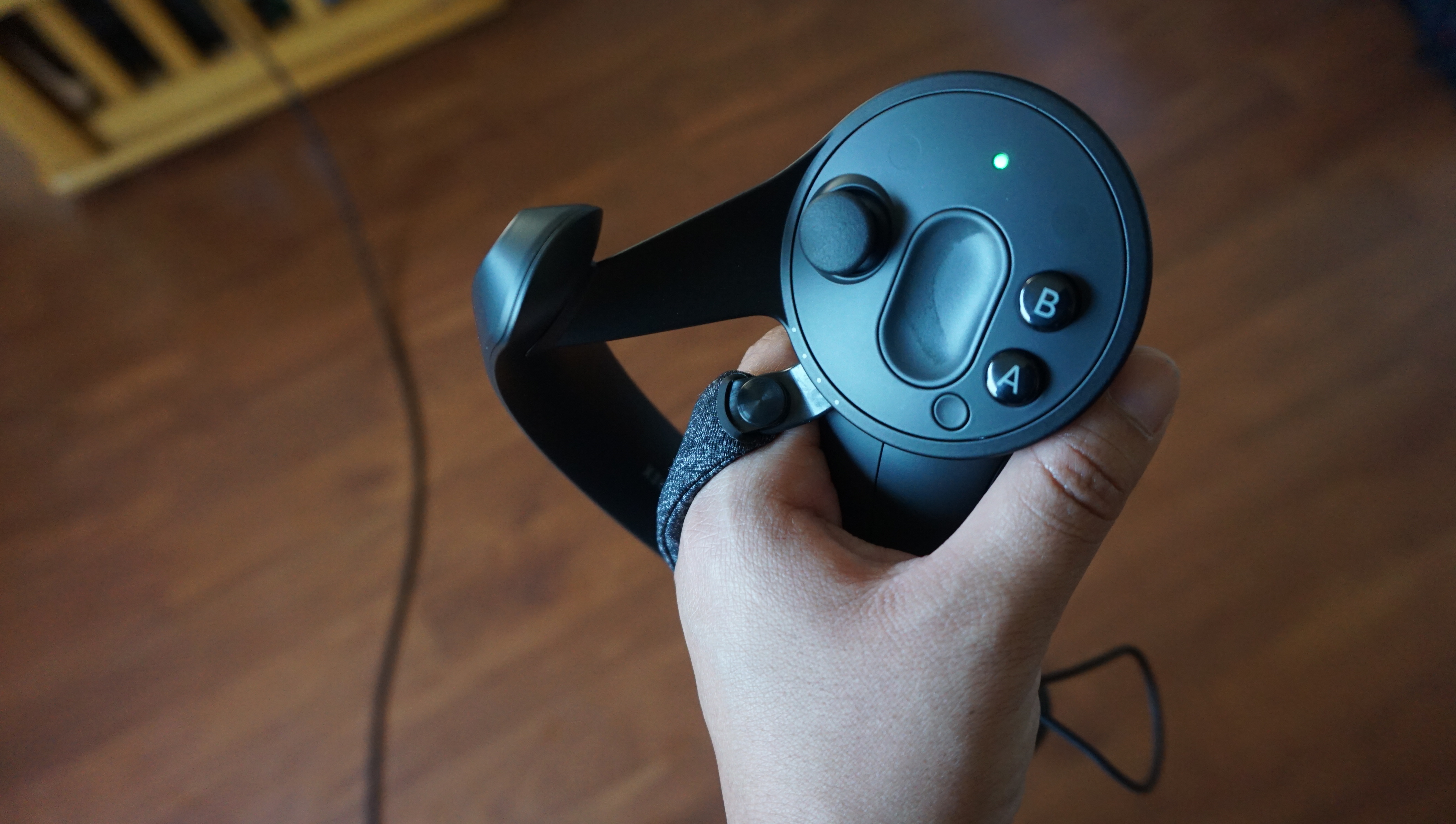Meta’s cancelled Apple Watch rival had a camera where you wouldn’t expect
The scrapped smartwatch will live on in the metaverse

Meta has reportedly cancelled the development of its long-rumored Apple Watch rival: a smartwatch that would have been outfitted with two cameras.
According to Bloomberg, Meta has decided to shift its focus away from the smartwatch and toward other wrist-based devices. Most likely this is yet another move by Meta to consolidate its efforts towards creating a metaverse, while also trying to cut around $3 billion in expenses this year.
Meta's smartwatch may have been a first for the company, but based on what we've heard it wouldn't have been a lazy Apple Watch clone. Sure, leaked reports and a prototype suggest it would have had the fitness features, music playback support, and messaging services you'd expect, but it would also house two cameras.
The most sensibly placed of these would have sat underneath the watch's display – most likely to be used for video calls so that the wearer can see and be seen by whomever they're talking to. The second camera made a lot less sense; it would have been positioned underneath the camera facing a wearer's wrist.
Unless it was boasting an incredible picture quality, or you were in a very niche situation, we can't see why anyone would mess around taking a watch on and off and not just pull out the smartphone they're likely carrying.
This camera apparently also caused problems with other watch functions such as electromyography – a system that could translate the wrist's nerve signals into digital commands.
Meta's smartwatch will live on in the metaverse
Despite the watch being cancelled it is expected to live on through electromyography.
Get daily insight, inspiration and deals in your inbox
Sign up for breaking news, reviews, opinion, top tech deals, and more.
Instead of being a dedicated smartwatch though, Meta will likely create an electromyography-based controller for its upcoming VR headsets instead – headsets like Project Cambria and the Meta Quest 3. It said as much in a blog post last year.
Such a device would likely rival the Valve Index's controllers – which offer much more realistic hand movements than what's available on the Quest 2.

But way more interesting is the accessibility options such a controller could bring.
Amputees or those who can’t move their hands or arms for a number of reasons can’t enter VR as it exists right now because of how the controllers are designed. That could change with an electromyography-based controller.
As Meta explained in the same blog post above, the ultimate goal is for it to be possible “to sense just the intention to move a finger.” You won’t need to move a real-world hand, you’ll just need to think about doing it. The same approach has already been used by researchers to give amputees control over robotic arms and hands.
As it stands right now that tech is a bit too bulky for the mass market, but scientists have shown that the idea is certainly possible.
So, we'll likely be waiting a while for Meta's wrist-based controller, but when it is finally shown off it could revolutionize how we are able to interact with VR.

Hamish is a Senior Staff Writer for TechRadar and you’ll see his name appearing on articles across nearly every topic on the site from smart home deals to speaker reviews to graphics card news and everything in between. He uses his broad range of knowledge to help explain the latest gadgets and if they’re a must-buy or a fad fueled by hype. Though his specialty is writing about everything going on in the world of virtual reality and augmented reality.